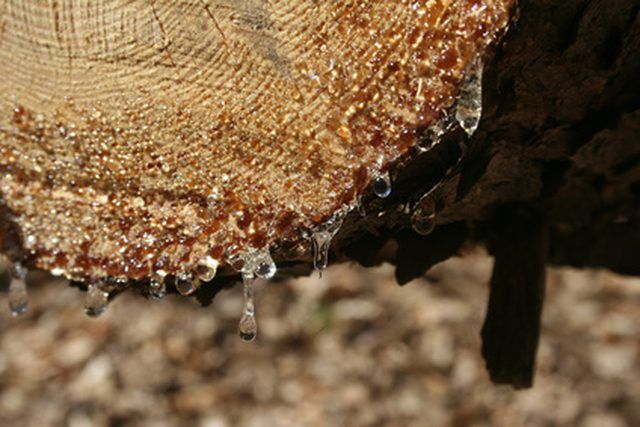Bulbs
Flower Basics
Flower Beds & Specialty Gardens
Flower Garden
Garden Furniture
Garden Gnomes
Garden Seeds
Garden Sheds
Garden Statues
Garden Tools & Supplies
Gardening Basics
Green & Organic
Groundcovers & Vines
Growing Annuals
Growing Basil
Growing Beans
Growing Berries
Growing Blueberries
Growing Cactus
Growing Corn
Growing Cotton
Growing Edibles
Growing Flowers
Growing Garlic
Growing Grapes
Growing Grass
Growing Herbs
Growing Jasmine
Growing Mint
Growing Mushrooms
Orchids
Growing Peanuts
Growing Perennials
Growing Plants
Growing Rosemary
Growing Roses
Growing Strawberries
Growing Sunflowers
Growing Thyme
Growing Tomatoes
Growing Tulips
Growing Vegetables
Herb Basics
Herb Garden
Indoor Growing
Landscaping Basics
Landscaping Patios
Landscaping Plants
Landscaping Shrubs
Landscaping Trees
Landscaping Walks & Pathways
Lawn Basics
Lawn Maintenance
Lawn Mowers
Lawn Ornaments
Lawn Planting
Lawn Tools
Outdoor Growing
Overall Landscape Planning
Pests, Weeds & Problems
Plant Basics
Rock Garden
Rose Garden
Shrubs
Soil
Specialty Gardens
Trees
Vegetable Garden
Yard Maintenance
Why Is Sap Flowing After a Tree Trimming?
Why Is Sap Flowing After a Tree Trimming?. Pruning trees is a normal and necessary part of tree care, but after cutting away parts of the tree to make it look better, you may notice sap running down the trunk and discoloring the tree. However, sap flow after trimming a tree is normal and more of a cosmetic problem than anything else.

Pruning trees is a normal and necessary part of tree care, but after cutting away parts of the tree to make it look better, you may notice sap running down the trunk and discoloring the tree. However, sap flow after trimming a tree is normal and more of a cosmetic problem than anything else.
Function
Sap carries nutrients to the parts of the tree. While it isn’t exactly like blood to the tree, an overly heavy flow out of a pruning or other wound removes nutrients the tree might have otherwise used. But if you’ve pruned the tree properly, the sap flow won’t hurt the tree at all.
Excessive Sap Flow
Some species of trees, such as maple and elm, normally exude a large amount of sap after being trimmed. These and other heavy-sap-flow trees are nicknamed "bleeders" because of the sheer amount they let out. Of course, a heavy flow of sap is an advantage for those tapping maple trees, as that sap is what’s boiled down into maple syrup.
Best Time to Prune
Schedule pruning to minimize sap flow, both to minimize cosmetic issues and to conserve nutrients for the tree. Prune "bleeders" either during the winter, when they are dormant, or during summer after much of the trees’ growth for the season has finished. At that point, the sap flow within the tree will not be as strong as it was during the spring growth period. Other trees are best pruned either in early spring, when the energy of the new season allows them to heal more quickly, or in summer, again after the season’s growth is done.
Winter Pruning
If pruning a "bleeder" during winter, ensure that you do it when the nighttime temperatures will not fall below 20 degrees Fahrenheit. Kansas State University Research and Extension notes that temperatures less than 20 F will hurt the tissue in the wound.
Treating Wounds
Seeing sap flow out of a beloved tree may be uncomfortable, but according to Texas A&M’s AgriLife Extension, the extra sap acts as a barrier against germs, helping to keep them out of the wounds from pruning. Older advice was to apply some sort of wound dressing after pruning, but this is unnecessary—and potentially harmful—to many trees, encouraging decay instead of healing. There are very few circumstances that call for a wound dressing.